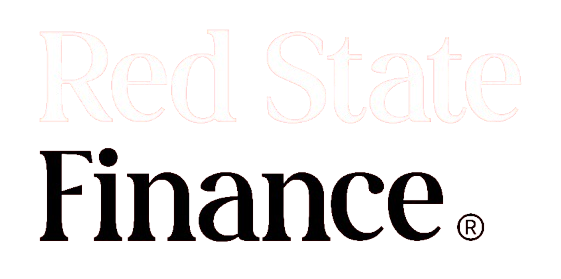High inflation poses significant challenges to retirement savers, affecting both the accumulation phase—when savers are actively contributing to their retirement funds—and the distribution phase, when they begin withdrawing funds to cover living expenses. Here’s a closer look at how high inflation impacts retirement savers:
1. Eroding Purchasing Power
The most immediate and obvious impact of high inflation on retirement savers is the erosion of purchasing power. As the cost of goods and services increases, the real value of money decreases. For retirees living on fixed incomes or those with significant portions of their savings in cash or low-yielding investments, high inflation can quickly diminish their ability to maintain their standard of living.
2. Increased Cost of Living
Inflation leads to higher costs of living, affecting essentials such as food, healthcare, housing, and utilities. For retirement savers, this means that the amount of money they assumed would be sufficient for their retirement years may fall short, requiring them to either save more, work longer, or adjust their retirement lifestyle downwards.
3. Impact on Investments
Inflation can have a mixed impact on investments. While certain assets like stocks and real estate may offer some protection against inflation over the long term because they can increase in value, other investments such as bonds can be negatively affected. Fixed-income investments pay a fixed return, which loses value in real terms when inflation is high. This scenario forces retirement savers to reassess their investment strategies, possibly taking on more risk to achieve inflation-beating returns.
4. Challenges in Retirement Planning
High inflation makes retirement planning more complex and uncertain. Savers must factor in higher estimated future costs, requiring more sophisticated planning tools and assumptions. They might need to adjust their savings rates, delay retirement, or plan for alternative income streams to ensure they can support their desired retirement lifestyle.
5. Reduced Real Returns
For retirement savers, the nominal returns on their investments might not tell the whole story. What matters more are the real returns—nominal returns adjusted for inflation. High inflation can significantly reduce real returns, making it more difficult for savers to grow their retirement nest egg at a rate that outpaces the rising cost of living.
Mitigation Strategies
To mitigate the impact of high inflation, retirement savers can employ several strategies:
- Diversify Investments: A diversified portfolio that includes assets with the potential to outpace inflation, such as stocks, real estate, and certain types of bonds (like TIPS), can help protect against inflation’s eroding effects.
- Increase Savings Rate: Whenever possible, increasing the amount saved can provide a larger buffer against the impact of inflation.
- Delay Retirement: Working longer not only allows for more years of saving but also reduces the number of years of retirement funding needed.
- Flexible Spending: Adopting a flexible spending approach in retirement can help manage the impact of inflation. This may involve adjusting withdrawal rates based on market performance and inflation rates.
- Consider Inflation-Protected Annuities: These can provide a stream of income that adjusts for inflation, offering more predictable purchasing power in retirement.
High inflation presents a formidable challenge to retirement savers, necessitating proactive planning, investment strategy adjustments, and sometimes lifestyle changes to ensure financial security in the golden years.





